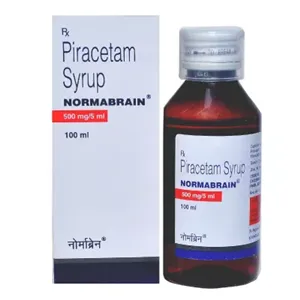CHLORHEXIDINE + HYALURONIC ACID
Chlorhexidine: Chlorhexidine is an antiseptic and disinfectant drug used to prevent and treat various infections. It is commonly used in hospitals and healthcare settings to reduce the risk of infection during surgical procedures or to clean wounds. It is also found in mouthwashes and dental products to prevent oral infections and gum diseases.
The mechanism of action of Chlorhexidine involves disrupting the cell membrane of microorganisms, leading to their death. It has broad-spectrum activity against various bacteria, fungi, and viruses, making it effective against a wide range of infections.
The dose and duration of Chlorhexidine treatment depend on the specific condition being treated and the form of the drug being used. For mouthwash or oral rinse, it is typically used twice daily for 30 seconds to one minute. For topical application to wounds, a 0.5-4% solution or gel is commonly used.
Some common side effects of Chlorhexidine include temporary discoloration of teeth, tongue, and saliva, as well as taste disturbances. These effects are usually harmless and reversible. In rare cases, allergic reactions such as skin rash or swelling may occur. Prolonged use or excessive ingestion of Chlorhexidine may also lead to oral or gastrointestinal irritation.
It is important to follow the instructions provided by healthcare professionals or on the product label when using Chlorhexidine to minimize the risk of side effects and ensure its effectiveness.
Hyaluronic Acid: Hyaluronic acid is a substance that occurs naturally in the body, specifically in the connective tissues, joints, and eyes. It is used in medicine as a treatment for various conditions, primarily in rheumatology, ophthalmology, and dermatology.
In rheumatology, Hyaluronic acid is often used to treat osteoarthritis, a degenerative joint disease. It is injected directly into the affected joint to provide relief from pain and improve mobility. Hyaluronic acid acts as a lubricant and shock absorber, helping to cushion and protect the joint.
In ophthalmology, Hyaluronic acid is used as a component of artificial tears, which are eye drops used to relieve dryness and irritation of the eyes. It helps to lubricate the surface of the eye and maintain proper moisture balance.
In dermatology, Hyaluronic acid is commonly used in cosmetic procedures, such as dermal fillers, to reduce the appearance of wrinkles and add volume to the skin. It can also be found in skincare products due to its ability to retain moisture and promote skin hydration.
The mechanism of action of Hyaluronic acid is mainly attributed to its ability to bind and retain water, which helps to hydrate tissues. It also acts as a cushioning agent and provides lubrication by reducing friction between joint surfaces.
The dosage of Hyaluronic acid depends on the specific condition being treated and the route of administration. For joint injections, the dosage may vary but is typically administered as a single injection every few months. Eye drops containing Hyaluronic acid are usually applied several times a day as needed. In dermal fillers, the amount used depends on the area of treatment and desired results.
Side effects of Hyaluronic acid are generally mild and temporary. In joint injections, there may be some pain or swelling at the injection site, which usually resolves within a few days. Rarely, an allergic reaction or infection may occur. In ophthalmic use, the most common side effect is temporary blurred vision or eye discomfort. In cosmetic procedures, there may be temporary redness, swelling, or bruising at the injection site.
It is important to note that Hyaluronic acid should only be used under medical supervision, and the specific instructions provided by the healthcare professional should be followed for safe and effective use.

